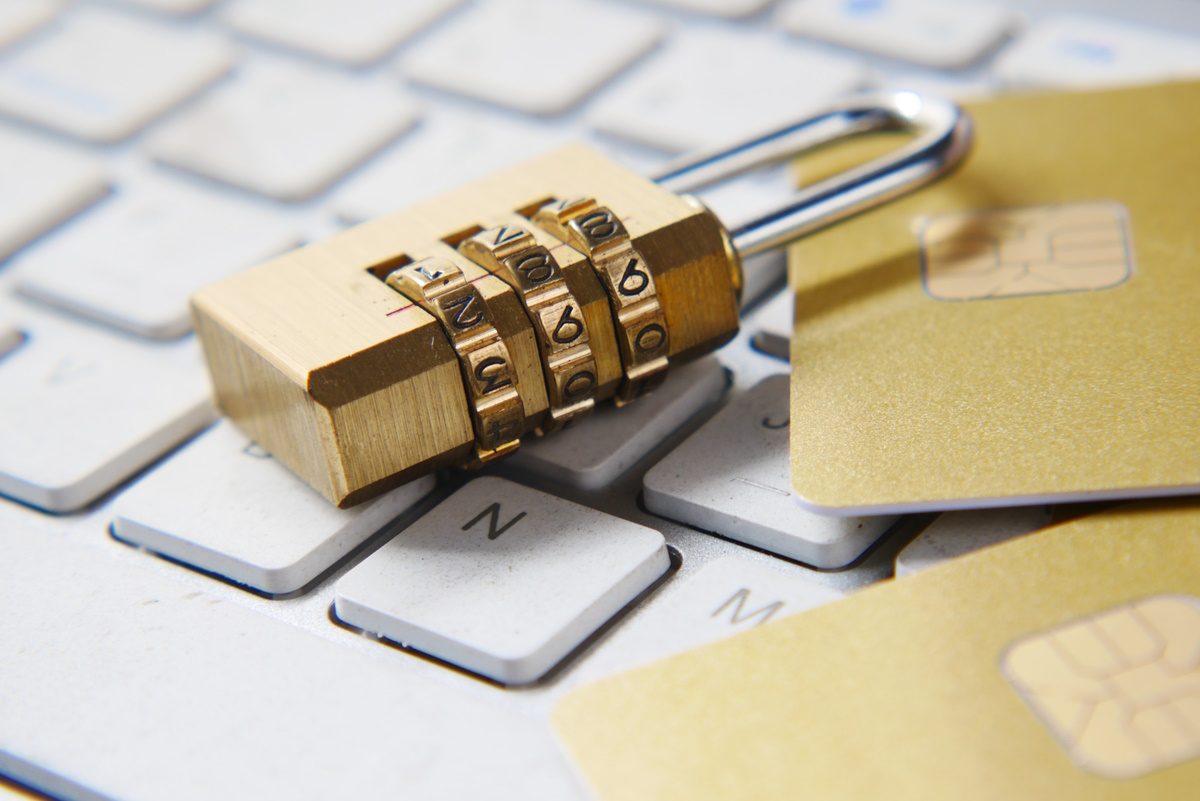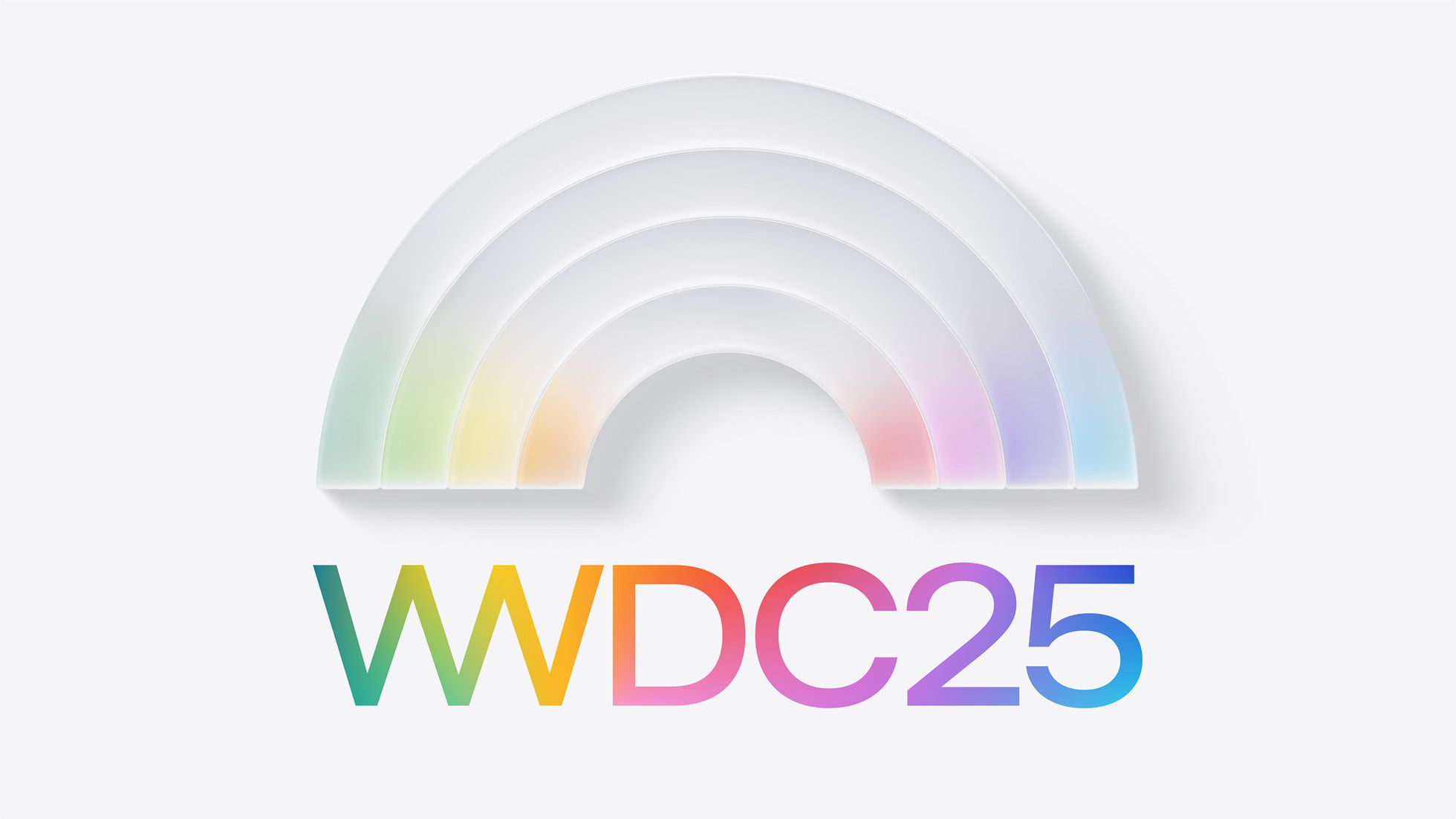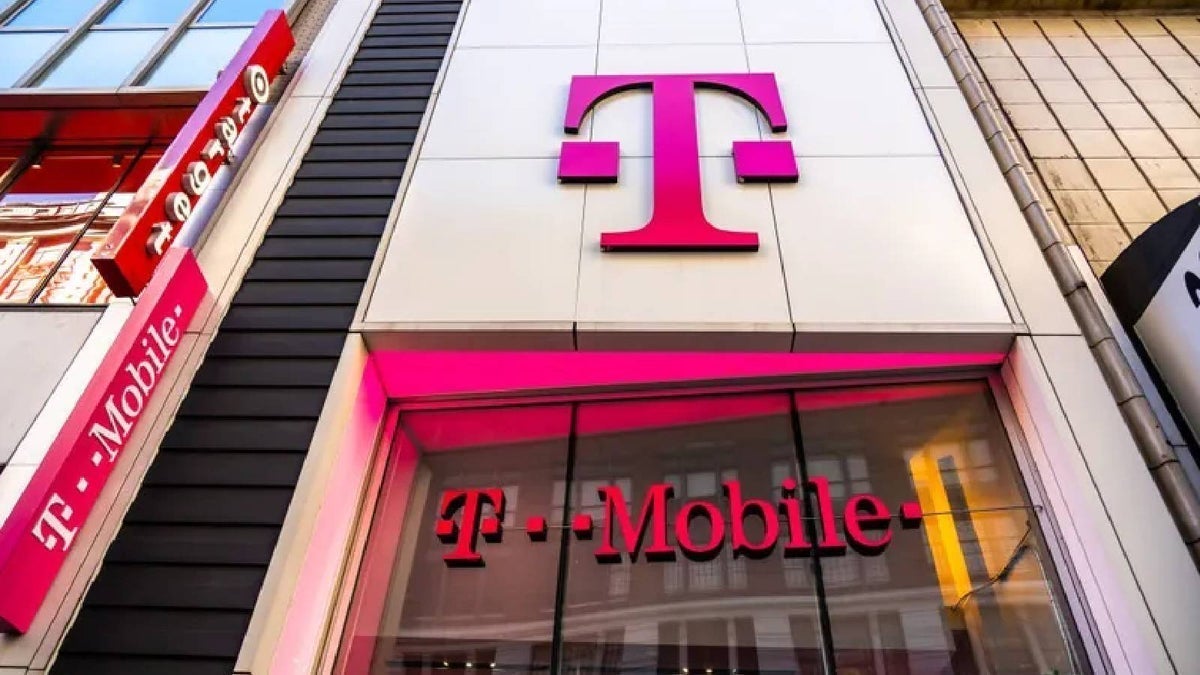Phishing-as-a-Service: The Rise of Subscription-Based Cybercrime
In the ever-evolving world of cybercrime, phishing continues to dominate as one of the most effective and widespread attack methods. But the way these attacks are executed has dramatically changed. What was once a manual and technically demanding process is now available on-demand, packaged as a service, and accessible to virtually anyone with ill intent […] The post Phishing-as-a-Service: The Rise of Subscription-Based Cybercrime appeared first on Cyber Security News.
.webp?#)
In the ever-evolving world of cybercrime, phishing continues to dominate as one of the most effective and widespread attack methods. But the way these attacks are executed has dramatically changed. What was once a manual and technically demanding process is now available on-demand, packaged as a service, and accessible to virtually anyone with ill intent and a basic internet connection.
Enter Phishing-as-a-Service (PhaaS)—a disturbing evolution in the cybercrime ecosystem. Like many legitimate SaaS (Software-as-a-Service) platforms, PhaaS offers easy-to-use, subscription-based access to tools, infrastructure, and support for launching phishing campaigns. With drag-and-drop interfaces, pre-built templates, and customer service channels, these criminal enterprises mimic the efficiency and user-friendliness of mainstream business platforms.
As organizations continue to invest in cybersecurity solutions and employee training, threat actors are lowering the barrier to entry for less-skilled criminals, opening the floodgates for widespread attacks. PhaaS has democratized phishing, allowing even novice cybercriminals to launch sophisticated campaigns that target businesses of all sizes.
What is Phishing-as-a-Service?
Phishing-as-a-Service refers to platforms, often hosted on the dark web or in encrypted forums, where cybercriminals can subscribe to pre-made phishing kits and toolsets. These services offer everything a threat actor needs to conduct a campaign:
- Spoofed email templates
- Credential harvesting websites
- Hosting services
- Email delivery tools
- Dashboards for managing and tracking campaigns
- Step-by-step guides or even customer support
Rather than coding their own phishing sites or configuring complex servers, PhaaS subscribers pay a fee—monthly or per campaign—to access ready-to-deploy tools. Like any scalable service model, these platforms often include premium tiers, discounts for referrals, and tutorials for maximizing impact.
This commercialization of phishing makes it harder for defenders to predict or trace attacks, especially when so many different actors are using the same infrastructure.
A Growing Parallel to SaaS Models
In many ways, Phishing-as-a-Service mirrors the structure and convenience of legitimate subscription-based tools. For example, small businesses and marketers often seek Mailchimp alternatives to build newsletters or run customer outreach campaigns. These alternatives are valued for affordability, usability, and customization.
Likewise, PhaaS platforms provide their criminal users with templates, analytics, and automation—all optimized for their nefarious purposes. The threat is no longer just about high-tech hacking—it’s about how effectively these services can be leveraged with little to no experience.
This commercial-style structure allows criminal groups to scale operations quickly and often globally. It also decentralizes cybercrime, as platform developers and campaign operators may never interact directly, allowing each to remain anonymous and separate from the full criminal process.
How Phishing-as-a-Service Works
To understand the severity of PhaaS, it helps to break down a typical workflow:
- Subscription and Access
A cybercriminal pays for access to a phishing toolkit hosted on the dark web. This may include dashboard credentials, phishing templates, and support materials. - Customization
The user customizes the campaign using a web interface—choosing target industries, modifying message content, and selecting email spoofing options. - Deployment
Using built-in tools, the attacker sends emails to targets. These messages might mimic well-known brands or internal corporate communications. - Credential Harvesting
If recipients click the link, they are taken to a fake login or data collection site. Once they input their details, the attacker collects credentials in real time. - Monetization
Stolen credentials are then used for direct access, lateral movement within networks, or sold on dark web marketplaces.
The sophistication of these steps has increased dramatically. Many PhaaS kits now include real-time dashboards showing open rates, click-through statistics, and victim device information—much like Mailchimp alternatives do for legitimate marketers tracking campaign performance.
The Economics Behind PhaaS
Phishing-as-a-Service thrives because it offers cybercriminals a low-investment, high-reward opportunity. For a fraction of the cost it would take to create a phishing infrastructure from scratch, attackers can lease powerful tools with immediate returns.
Typical pricing models may include:
- One-time fees for basic kits
- Subscription tiers offering advanced features
- Revenue-sharing models where kit creators take a percentage of successful fraud
- Premium pricing for high-profile brand impersonation templates
These economics also incentivize developers to constantly improve and update their offerings—ensuring that phishing pages remain undetected by major browsers and antivirus software for as long as possible.
The Threat to Businesses
Organizations face an uphill battle in defending against phishing, and the rise of PhaaS has intensified the challenge. Small and mid-sized businesses, often lacking dedicated security teams, are particularly vulnerable. A single employee clicking a malicious link can lead to data breaches, ransomware infections, or financial fraud.
Key risks include:
- Credential Theft: Employees may unknowingly hand over passwords, granting attackers access to email, CRM systems, and cloud services.
- Business Email Compromise (BEC): Stolen credentials are often used to impersonate executives or vendors in financial fraud schemes.
- Reputation Damage: If customer data is exposed or misused, the brand may suffer long-term reputational harm.
- Regulatory Fines: Data breaches tied to phishing incidents may trigger compliance penalties under GDPR, HIPAA, or other privacy regulations.
These attacks are not limited to large enterprises. PhaaS allows for broad targeting across industries, making everyone—from a regional law firm to a local e-commerce shop—a potential victim.
Detection and Mitigation Strategies
While the PhaaS model is constantly evolving, there are effective defenses companies can adopt to reduce their exposure:
- Employee Training: Educating staff about phishing techniques, suspicious links, and reporting protocols is the first line of defense.
- Email Filtering: Advanced filtering tools can detect spoofed domains, malicious attachments, and suspicious patterns in email metadata.
- Multi-Factor Authentication (MFA): Requiring more than just a password can prevent stolen credentials from being immediately useful.
- Regular Testing: Phishing simulations help assess employee readiness and improve awareness over time.
- Domain Monitoring: Monitoring for spoofed versions of your domain or commonly impersonated brands can aid early detection.
In addition, businesses should implement zero-trust principles and limit access based on job roles to minimize the impact of compromised accounts.
The Legal and Ethical Challenge
The rise of PhaaS also presents a legal dilemma. Many of these services are hosted in jurisdictions that lack extradition agreements or cybercrime laws. This allows developers and vendors to operate with near impunity. Some even market their services openly on encrypted messaging platforms, claiming to offer “penetration testing” tools for “research purposes.”
Enforcement agencies are working to disrupt these networks, but the anonymity and decentralization of PhaaS make it difficult. In the meantime, ethical cybersecurity vendors are advocating for stronger regulations, more global cooperation, and enhanced accountability for infrastructure providers who knowingly host these platforms.
Looking Ahead: The Future of Subscription-Based Cybercrime
As artificial intelligence becomes more accessible, it’s likely that PhaaS will incorporate even more automation, personalization, and evasion techniques. Natural language generation could make phishing emails more convincing, while machine learning could help attackers better select and prioritize targets.
Conversely, defenders are also ramping up AI capabilities to detect anomalies in behavior, language, and interaction patterns. This arms race between attackers and defenders will shape the future of cybersecurity.
To stay ahead, organizations must not only invest in tools and training but foster a culture of digital skepticism—where every unexpected email is verified, every link is double-checked, and every employee plays a role in cybersecurity defense.
Phishing-as-a-Service represents a new frontier in cybercrime—one where malicious campaigns are marketed, sold, and scaled like legitimate tech services. Its rise has made phishing attacks more accessible, more frequent, and more dangerous than ever.
By recognizing the signs, investing in prevention, and adopting a proactive mindset, businesses can better protect themselves from this growing threat. And as defenders innovate with the same determination and agility as attackers, there remains hope for keeping the digital world safer and more secure.
The transformation of phishing from a niche criminal skill into a service industry should serve as a wake-up call. While businesses continue to explore tools like Mailchimp alternatives to reach their audiences, it’s equally essential to ensure those communication channels are secure, protected, and shielded from imitation by malicious actors. The fight against phishing is no longer about isolated scams—it’s about confronting a full-fledged, scalable business model of cybercrime.
The post Phishing-as-a-Service: The Rise of Subscription-Based Cybercrime appeared first on Cyber Security News.

























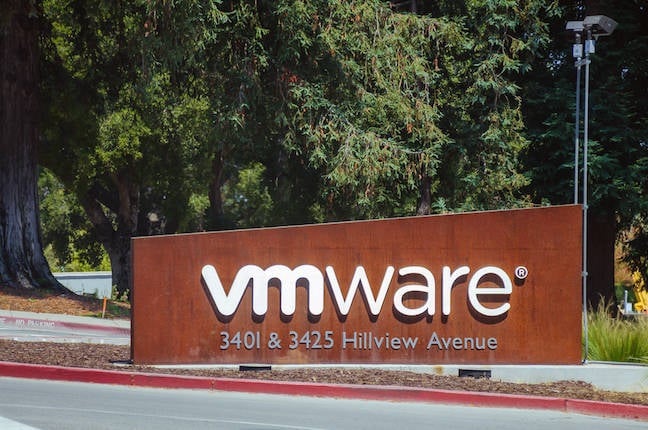


















































































































































![[The AI Show Episode 150]: AI Answers: AI Roadmaps, Which Tools to Use, Making the Case for AI, Training, and Building GPTs](https://www.marketingaiinstitute.com/hubfs/ep%20150%20cover.png)
![[The AI Show Episode 149]: Google I/O, Claude 4, White Collar Jobs Automated in 5 Years, Jony Ive Joins OpenAI, and AI’s Impact on the Environment](https://www.marketingaiinstitute.com/hubfs/ep%20149%20cover.png)















































































































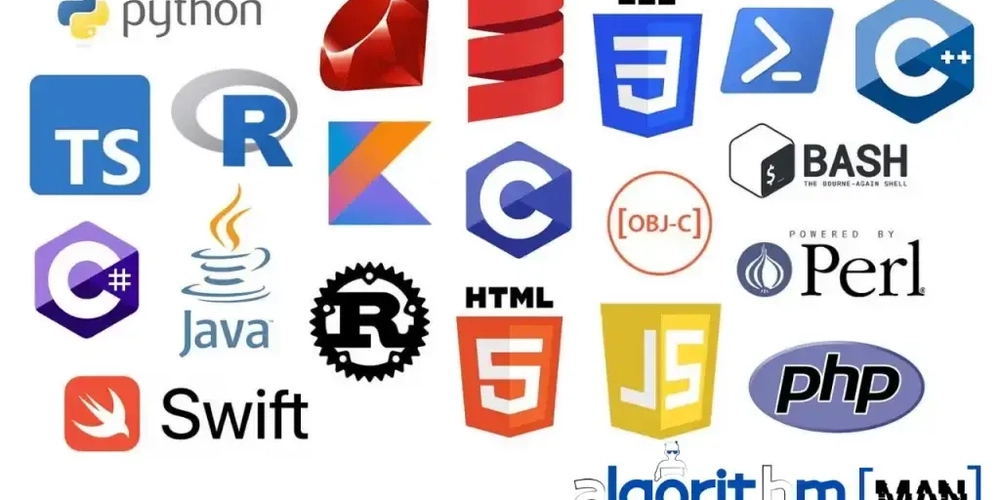











![[DEALS] The All-in-One CompTIA Certification Prep Courses Bundle (90% off) & Other Deals Up To 98% Off – Offers End Soon!](https://www.javacodegeeks.com/wp-content/uploads/2012/12/jcg-logo.jpg)



![How to Survive in Tech When Everything's Changing w/ 21-year Veteran Dev Joe Attardi [Podcast #174]](https://cdn.hashnode.com/res/hashnode/image/upload/v1748483423794/0848ad8d-1381-474f-94ea-a196ad4723a4.png?#)







































































































































_ArtemisDiana_Alamy.jpg?width=1280&auto=webp&quality=80&disable=upscale#)


















































































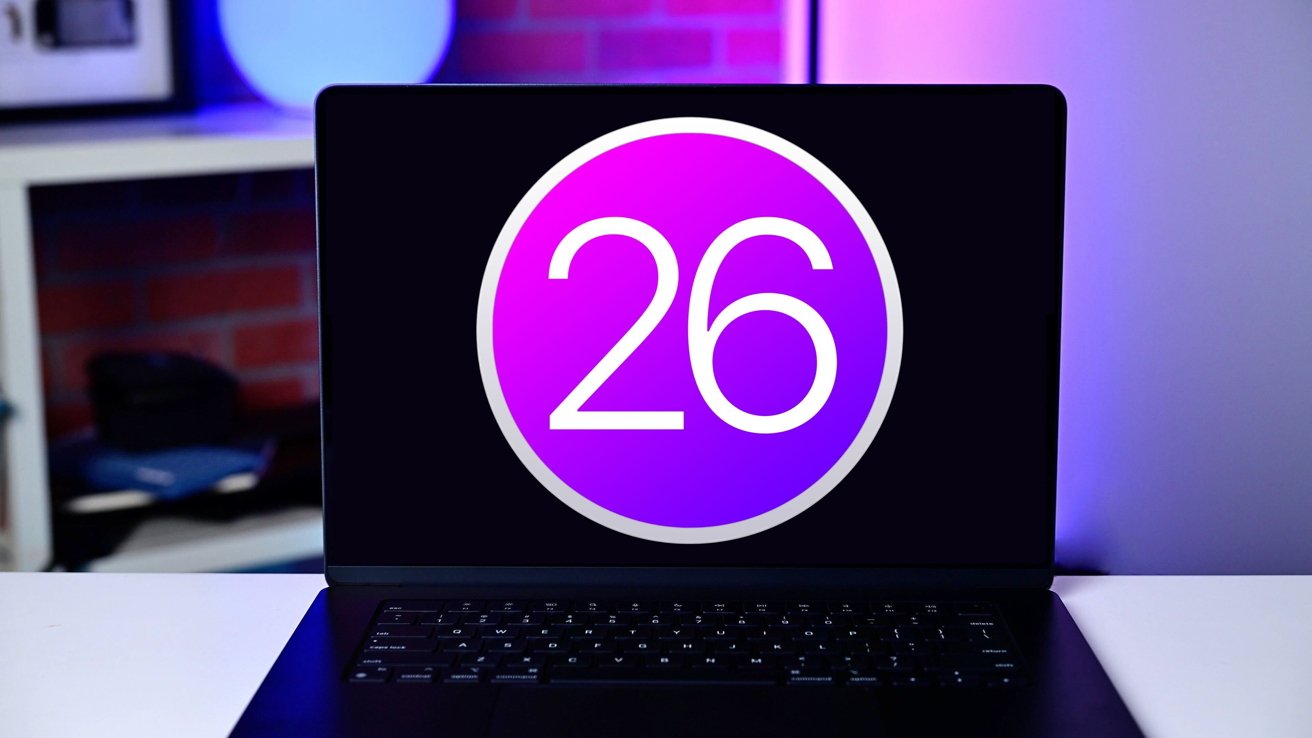

























![WWDC 2025 May Disappoint on AI [Gurman]](https://www.iclarified.com/images/news/97473/97473/97473-640.jpg)
![Apple to Name Next macOS 'Tahoe,' Switch to Year-Based OS Names Like 'macOS 26' [Report]](https://www.iclarified.com/images/news/97471/97471/97471-640.jpg)
![Sonos Father's Day Sale: Save Up to 26% on Arc Ultra, Ace, Move 2, and More [Deal]](https://www.iclarified.com/images/news/97469/97469/97469-640.jpg)




















